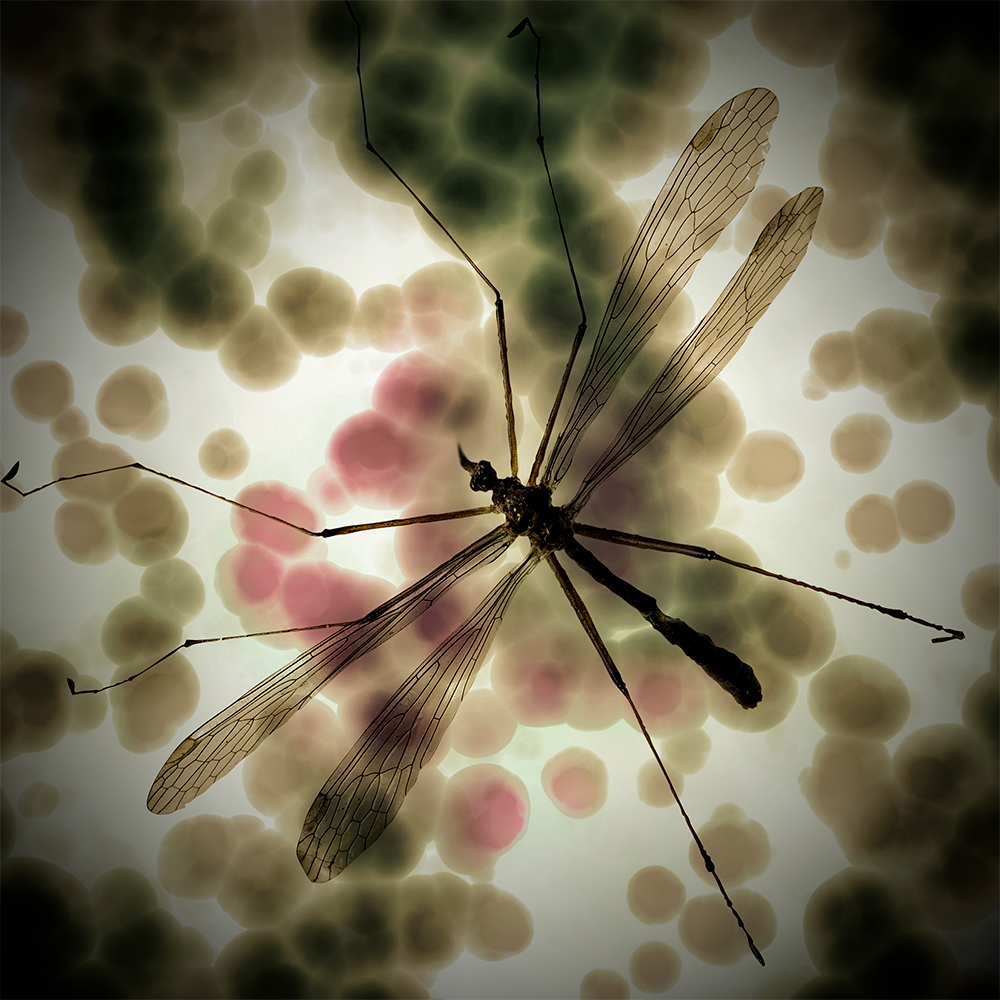
While the mosquito is considered the most prevalent menace in the spread of Zika, recent cases also show the disease can be spread sexually. According to public health experts, the virus can be passed in bodily fluids between a man and a woman, from a woman to a man, and between one man and another. And while no case has been made public, the assumption is Zika can be transmitted between female partners as well.
Many people infected with Zika never develop symptoms. In people who get sick, symptoms like fever, rash, headache, joint or muscle pain, red eyes and fatigue are usually mild and last from a few days to a week. The most common symptom is a slight fever or rash appearing a few days after a person is bitten by an infected mosquito. Alarmingly, people with Zika can pass the disease through sex to their partners even if they do not have symptoms or their symptoms no longer persist.
According to Centers for Disease Control and Prevention (CDC), a Zika infection during pregnancy can cause microcephaly. The latter is a birth defect in which a baby’s head is smaller than expected when compared to babies of the same sex and age. Babies with this condition often have smaller brains that may not have developed properly. Microcephaly can be an isolated condition or it can occur in combination with other major birth defects.
In addition, several countries like Brazil have reported a steep increase in Guillain-Barré syndrome (GBS), a rare neurological disorder that can lead to paralysis and death. Based on systematic review of literature through May 30, 2016, the World Health Organization (WHO) concludes that Zika is a trigger for Guillain-Barré syndrome. Intense efforts are continuing to investigate the link between Zika virus and a range of neurological disorders.
Similar to other sexually transmitted diseases, Zika can be passed through bodily fluids, including saliva, semen and urine. Previous studies report the virus persisting in some bodily fluids longer than it does in the bloodstream, which is the contact point for mosquitoes. Some small studies show viral persistence in urine and saliva up to 21 days, and a recent study reveals the virus lingers in cervical mucus as well. However, the biggest risk appears to be semen, where conflicting reports are available.
In August 2016, Zika was detected in an Italian man’s sperm six months after his first symptoms. The journal Eurosurveillance, which is part of the European Center for Disease Prevention and Control, reported that “a man in his early 30s reported in January 2016 a history of fever, asthenia and erythematous rash during a stay in Haiti. On his return to Italy, ZIKV RNA was detected in his urine and saliva 91 days after symptom onset and in his semen on day 188, six months after symptom onset.”
Doctors at Spallanzani Institute for Infectious Diseases in Rome said the above information indicates the possibility that the virus was reproducing itself in the male genital tract. However, studies like the one conducted at CDC’s Dengue Branch, located in San Juan, Puerto Rico, suggest that at least one-half of men infected with Zika will emit traces of the virus in their semen for as long as 93 days without necessarily being infectious.
As of June 1, 2017, CDC stands by its Zika safety recommendations. The latter includes pregnant couples using condoms every time they have vaginal, oral and anal sex. In addition, all people who live in or have traveled to an area with Zika should use condoms to protect their sex partners even if they do not have Zika symptoms or if their symptoms are no longer present.
According to CDC, of the more than 5,100 symptomatic Zika cases reported in the continental United States in 2016, 48 were confirmed to have been transmitted by sexual contact. While the remainder of symptomatic Zika cases includes 224 acquired through presumed local mosquito-borne transmission in Florida (218) and Texas (6), the greater concern is that 4,830 cases were reported in travelers returning from affected areas.
In Puerto Rico, where Zika has been spreading rapidly, analysis for sexual transmission has not been conducted. However, in 2016 alone, 36,079 symptomatic cases were reported. Of those, the majority of infections – 35,937 – were acquired through presumed local mosquito-borne transmission while only 142 cases were acquired through travelers returning from affected areas.
According to CDC’s website, as of June 1, 2017, 122 of 123 U.S. Zika cases were reported in travelers returning from affected areas. The remaining case was acquired through other routes, such as sexual, laboratory or blood-borne transmission. No case has been reported resulting from presumed local mosquito-borne transmission.
In short, the threat of Zika is no longer focused solely on the mosquito. New threats include spread through sexual contact between partners.
Additional Information:
- Safety guidelines for U.S. citizens and residents living in areas with Zika:
https://wwwnc.cdc.gov/travel/page/us-citizens-living-in-areas-with-zika - Information on tracking Zika in the continental U.S. and U.S. territories:
https://www.cdc.gov/zika/reporting/2017-case-counts.html
References:
- Eurosurveillance, Volume 21, Issue 32, 11 August 2016: “Persistent Detection of Zika Virus RNA in Semen for Six Months after Symptom Onset in a Traveler Returning from Haiti to Italy,” February 2016;
http://www.eurosurveillance.org/viewarticle.aspx?articleid=22554
- Centers for Disease Control and Prevention: Zika virus;
https://www.cdc.gov/zika/prevention/sexual-transmission-prevention.html
